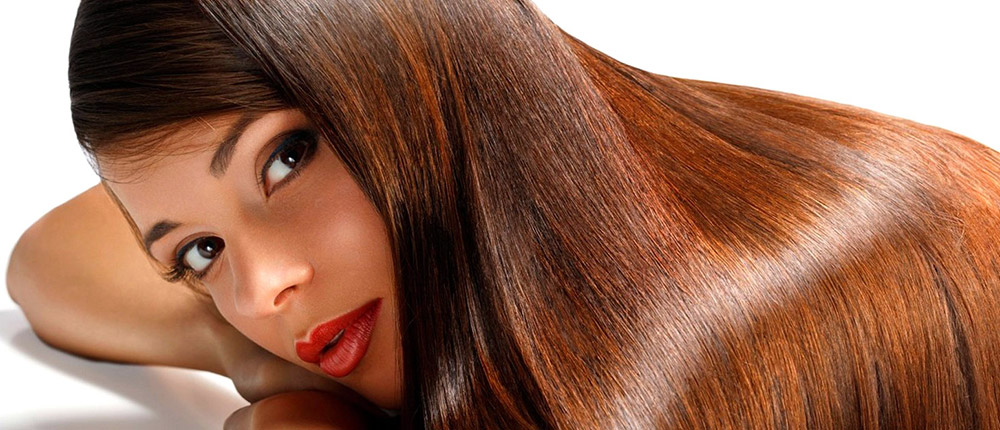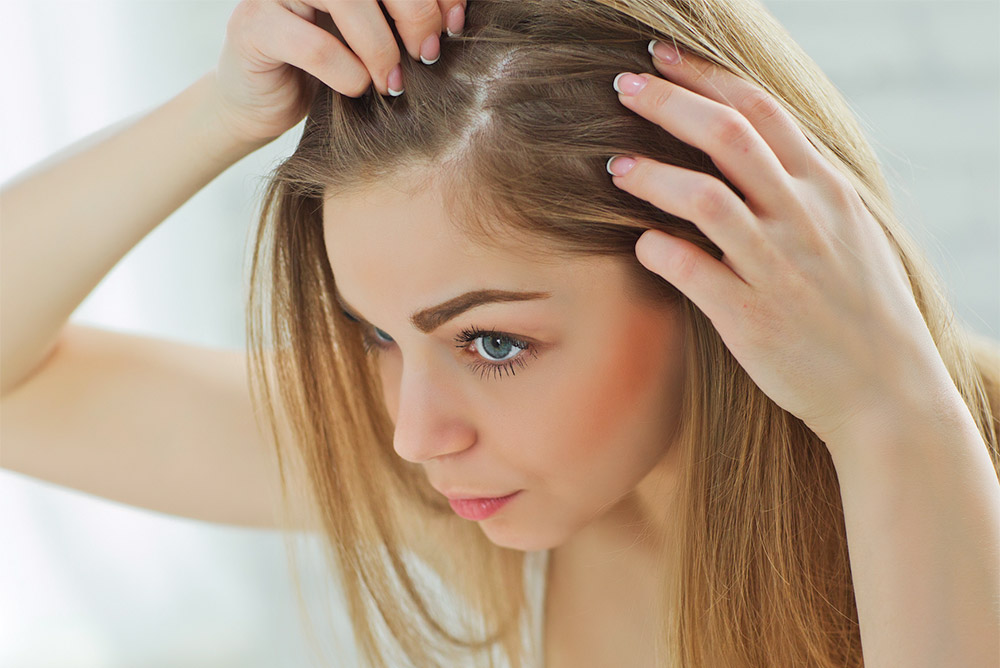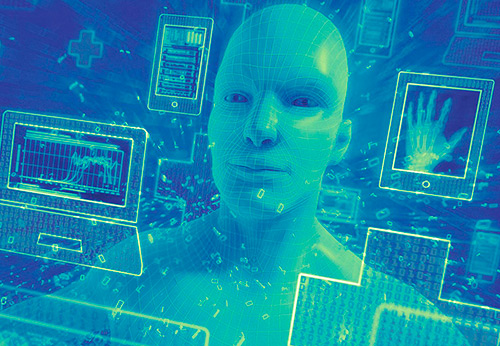Hair care
Examination methods and hair diagnostics
When does the condition of the hair make it necessary to see a specialist? This moment is determined for himself by everyone. But basically everyone pays attention when deep changes in the body have already been affected and big problems have arisen.
When health is not in order, it is immediately reflected in the hair, and updating the hairstyle or haircut will not improve the condition of the scalp and hair structure. So, you should go to a trichologist. It is this doctor who can correctly diagnose and choose the treatment for your hair.
However, doctors of this specialty are rare, and in many cities it may not be available. Then you can go to an appointment with a beautician. All cosmetologists with the appropriate diploma undergo a dermatology course, so in many situations he will help.

What diagnostic devices does a trichologist have?
Trichoscope. A trichologist usually has a computer diagnostics system for the scalp and hair in his office. Trichoscopy is performed using a trichoscope, which consists of a microscope and a computer. Hair enlargement occurs 60 to 200 times. On a computer monitor, the doctor can see in the smallest detail the hair - from roots to ends, as well as the scalp. Thus, the cause of the problem can be found.
During trichoscopy, you can determine:
the number of hair follicles;
the number of hairs corresponding to the hair follicles;
hair thickness;
the density of hair follicles per unit area;
damage to the hair follicle and shaft;
damage to blood vessels and skin;
calculate the amount of thinned hair;
scalp type;
individual physiological rate of hair loss per day.
The analysis results make it possible to:
identify the cause of hair loss;
type of baldness;
signs of scalp disease;
evaluate the effectiveness of the prescribed treatment;
assess the degree and dynamics of hair loss;
calculate the number of hair follicles in the donor area that can be used in the case of hair transplant.

Diagnostic devices also include
pH meters that determine the acidity of the skin;
sebumeters - determination of the activity of the sebaceous glands;
hygrometers - determination of skin moisture;
corneometers - assessment of the state of fluid in the epidermis and many others.
The hair mineralogram will allow assessing the degree of deficiency or excess of microelements. You can do a comprehensive blood test, which also determines which trace elements in your body are not enough to compensate for the lack of necessary substances in the course of treatment in combination with the main treatment.
A comprehensive blood test will help determine how well the endocrine system is working. Perhaps the cause of the problem is a hormonal imbalance that often causes hair loss. Depending on the established cause of hair loss or deterioration of their condition, an individual treatment program is prescribed.
Comments and Reviews
Add a comment
Rating news
Shades of clothing that make women look younger
What shades of hair make women younger: rules and photos
Funny wedding dresses - photos and ideas
12 most expensive down jackets for the winter
How to look 25 at 40: tips from supermodels
Beautiful schoolgirls
Anti-aging haircuts and hairstyles for women
Fashionable skirts for autumn and winter
Fashionable women's trousers for the cold season
Fashionable and stylish sandals for summer 2024
Spring-summer 2024
 Fashionable dresses and tops with thin spaghetti straps
Fashionable dresses and tops with thin spaghetti straps
 Bandana tops: how to wear stylishly and beautifully
Bandana tops: how to wear stylishly and beautifully
 How to put together the perfect men's wardrobe for the summer
How to put together the perfect men's wardrobe for the summer
 Trendy shorts for spring-summer 2024
Trendy shorts for spring-summer 2024
 Fashionable skirts for spring-summer 2024: a guide to online shopping
Fashionable skirts for spring-summer 2024: a guide to online shopping
 The most fashionable dresses spring-summer 2024: styles and colors
The most fashionable dresses spring-summer 2024: styles and colors
 Fashionable total look 2024: image ideas and trends
Fashionable total look 2024: image ideas and trends





